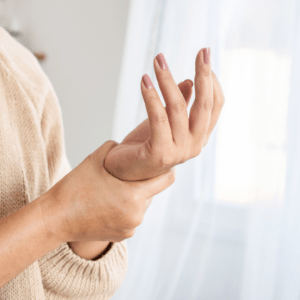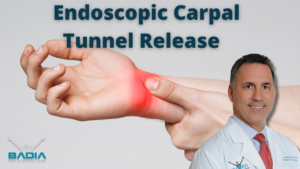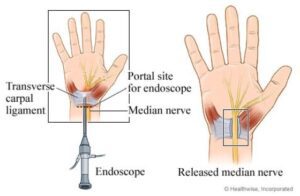Is WFH Sparking Your Carpal Tunnel? 9 Ways to Curb the Pain
By Gabrielle Kassel, August 20, 2020 August 20, 2020 Carpal tunnel syndrome, one of the most phonetically pleasing health conditions in the English language, affects the wrists. As many as 10 million Americans — that’s about 3 percent of the population — have some degree of this condition. Carpal tunnel can cause quite a bit… [Read More]














